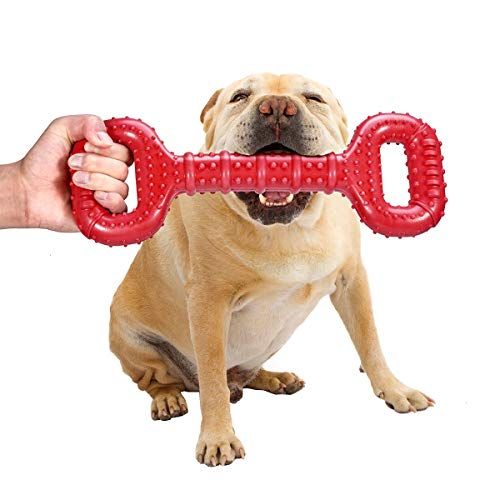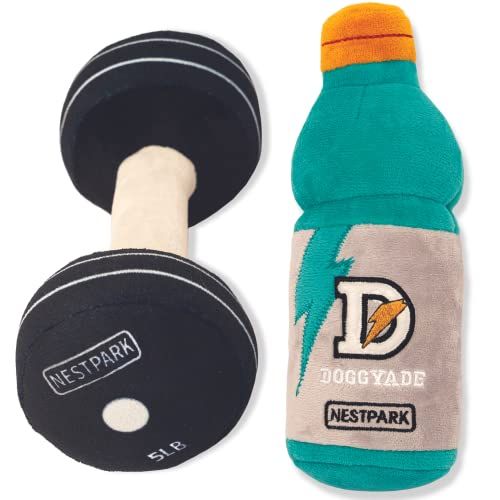Comforting Your Dog in Pain: Essential Steps and Care Tips
It's tough to see your beloved furry friend in discomfort. As a pet parent, it's critical to understand how to effectively comfort your dog when they're in pain. Recognizing the signs of distress, providing a comforting environment, and knowing when to seek veterinary assistance can make all the difference. This guide will illuminate effective methods to help you be there for your dog during their tough times. Let's dive into the steps and care tips you should know.
When our four-legged friends are in pain, it can be quite a distressing situation for both the pet and the pet parent. Pets cannot communicate their discomfort verbally like humans can, which makes it even more crucial for us to understand their behavioral signs and take appropriate measures to comfort them. This guide will walk you through the essential steps to comfort your dog in pain.
Identifying Signs of Pain
The first step to comfort your dog is to understand when they are in pain. Dogs are often good at hiding their discomfort, so it may take a keen eye to notice changes. Some signs may include excessive panting, changes in appetite, loss of interest in activities they previously enjoyed, sleeping more than usual, changes in body posture, or difficulty getting up or laying down. Keep an eye out for these signs and act accordingly.
Approaching Your Dog
When a dog is in pain, it's important to approach them gently and calmly. Remember, they may be scared or anxious, so any sudden movement can add to their stress. Use a soothing tone of voice, and do not force any interaction. Let your dog guide the interaction based on their comfort level.
Providing Comfortable Surroundings
Your dog's surroundings can significantly impact their level of comfort when in pain. Creating a peaceful environment by reducing noise levels, providing a soft and comfortable bed, and maintaining a steady temperature can go a long way. You may even consider providing them with their favorite toys or blanket to help them feel safe and secure.
Physical Comfort
Depending on the source of pain, providing physical comfort can also be beneficial. If your dog is suffering from joint pain or arthritis, consider using heating pads to soothe their aching muscles and joints. However, always ensure the heat is not too intense to avoid burns.
Seek Professional Help
When your dog is in pain, it's essential to consult a veterinarian. They can accurately diagnose the issue and provide the appropriate treatment. Self-medicating your dog can potentially lead to more harm than good. Always seek professional advice when it comes to your pet's health.
Continue reading: how can i comfort my dog in pain
Proper Nutrition and Hydration
A balanced diet and sufficient hydration are key to your dog's overall health. When your dog is not feeling well, they might not eat or drink normally. Encourage them to eat by providing them with their favorite foods. Also, ensure that fresh water is always available to them.
Medication Administration
If your vet has prescribed medication, make sure to administer it as per their instructions. Misusing or overdosing medication can cause severe health issues. Follow your vet's guidance and report any changes in your dog's behavior or condition.
Providing Emotional Support
When your dog is in pain, providing emotional support can be incredibly beneficial. Spend quality time with them, speak in a calming and comforting voice, and try to keep their spirits high. This can help to reduce anxiety and promote faster recovery.
Regular Check-ups
Regular vet check-ups can help in early detection of potential health issues. This proactive approach can prevent conditions from worsening and keep your dog healthier in the long run. Make regular visits to the vet part of your dog's routine care.
Find out more: how can i comfort my dog in pain
In conclusion, comforting a dog in pain involves several considerations, from identifying their discomfort to providing physical and emotional support, and seeking professional advice. Remember, every dog is unique, and what works for one may not necessarily work for another. Always tailor your approach based on your dog's specific needs and consult your vet for the best course of action. Your empathy and care can make a world of difference in helping your furry friend cope with their discomfort.
















